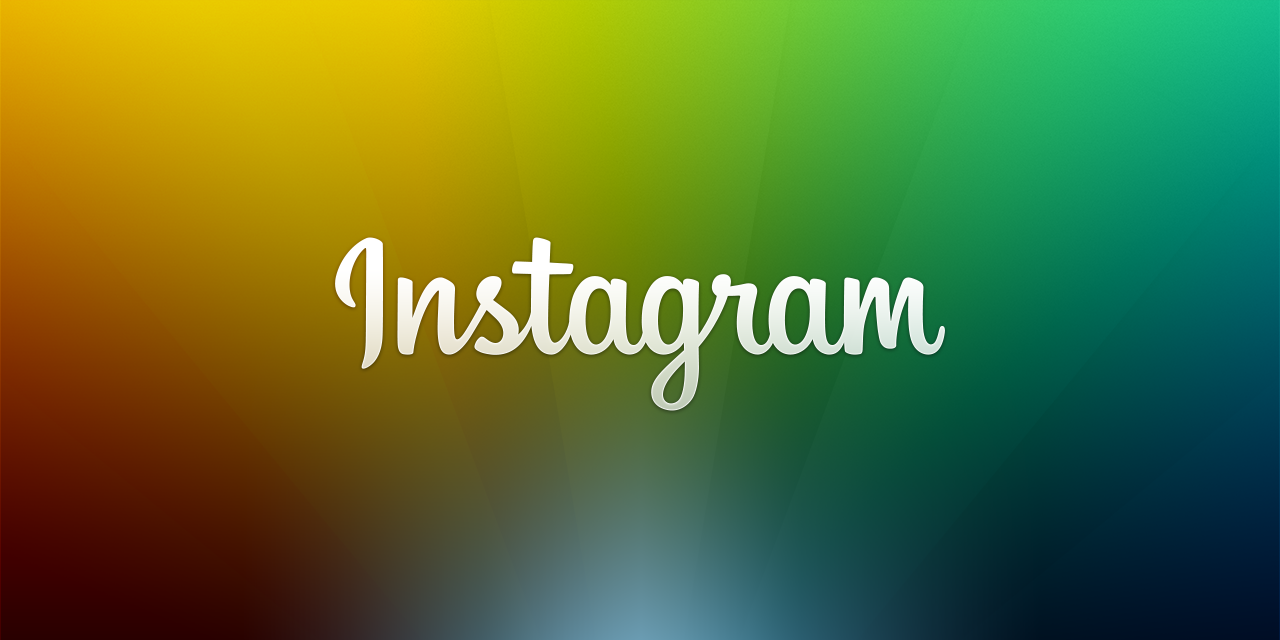Brands and advertising agencies are big on metrics. Page views, number of followers, number of clicks, etc. In the absence of other analytical tools, this has some value in analyzing the success of a campaign and for estimating how wide a reach it has achieved.
BUT (and this is a big BUT)…
Page views can be gamed. The number of clicks can be gamed. And followers can be bought. Pathetic, but it does happen. To be fair, there are also bots that automatically follow you if you are perceived to have some influence in cyberspace. I know that on Twitter, I wonder about eggheads (I refer to Twitter accounts with a default egg instead of a photo) that follow me and yet either don’t have tweets or tweet nonsensical stuff. Fortunately, I don’t have too many of those.
Why, you may ask, are these statistics gamed and why are followers bought? Well, there are those who would benefit from ramped-up page views and followers. Some celebrities and netizens who participate in brand campaigns use these stats to negotiate their price or to show they are that popular. Not all do this, mind you. I have many celebrity and netizen friends who would rather stay authentic rather than fake their popularity and influence. But there are those who would resort to this for some form of personal gain.
Last December 2014, Instagram took a step in the right place. It announced that it would be removing inactive or fake follower accounts. A BBC article describes the Instagram clean-up as well as celebrities that lost the most followers.
The big losers were Justin Bieber (minus 3,538,228 followers), and an online marketing specialist called Wellington Campos, which lost 3,284,304 followers overnight.
One account, chiragchirag78, lost 99% of his followers – 3,660,460 – before he himself was deleted.
Instagram’s own account on the site lost 18,880,211 followers overnight.
Personally, I hardly felt the Instagram wipeout. While I only have close to 600 followers, I personally know most of those who follow me (and who I follow back). Instagram is not the first to do a cleanup. Twitter and Facebook have done something similar in the past.

Many were enraged upon seeing their followers drop. But when one thinks about it, of what use are those impressive follower numbers if a large chunk of them are spam or fake accounts? Can one be considered a real social media influencer with fake accounts that would not do anything worthwhile for a brand campaign?
I appreciate cleanups like these every now and then so that we can really see who are active social media influencers with real followers.
It is also a challenge now for brands to rethink what metrics they are looking at. It’s probably the best time to really get to know who are the best social media influencers for a brand. Here are some ideas:
1. Posts aligned with Brand Messaging – At the very least, you would want the post about your brand to appear in a blog that you are comfortable with. Reading through archived posts of the blogger or scanning past social media posts will give you that level of comfort. At the very best, the niche of the influencer should be aligned with the messaging of your brand.
2. Reach – Reach is not limited to the number of followers of the influencer. That’s just step one. The quality of followers is also important because when your influencer has quality and actively engaged followers, the multiplier effect of the influencer’s post is a lot higher. If you are a restaurant, for example, a food blogger with a small following of foodies could have a wider reach than a blogger with a different niche with a much larger following.
3. Quality of engagement – Does your influencer just post articles about your brand or does she take time to actually entertain queries from followers and readers? How does she carry an online conversation with interested customers and are there actual conversions as a result of the social media engagement?
4. Frequency of Posting – You want a social media influencer who posts or blogs often. Why? Because that is a great motivator for readers to keep checking the blog for new posts, or encourages conversation online on social media networks. Blogs with fresh posts attract readers to return and possibly, share more. Those blogs are also higher up on the visibility scale when term searches are done. That’s good news for your brand.
5. Influencer’s Authenticity and Credibility – For me, this is so important. When the influencer posts, is she believable? Is she authentic? Is she credible? That impression of authenticity and credibility takes years to cultivate. The way the influencer writes is also important. Does she incorporate personal stories into the post to make it more real to the reader, something that one can relate to? Or does her post sound like a product review, period? Credibility sometimes means that the post could carry a balance of positive and less-than-positive opinions. For example, she may like one killer dish but not care for another dish. That is okay. It actually lends to the credibility of the writer and should also be welcomed as a chance to improve on the brand.
6. Natural Brand Advocates – Some influencers already use the brand, love it, and won’t hesitate to recommend it. These are satisfied users with a natural loyalty to the brand. Getting them as influencers would be a logical move and their posts will probably be filled with personal testimonies about the brand that add to the credibility and authenticity you want.
Back to the Instagram clean-up, I would like to suggest that we on social media welcome this as a chance to sweep away unwanted accounts that actually bring down our credibility factor. Let’s challenge ourselves to engage more and attract the very followers that brands find attractive.
For campaign teams of brands, try to review the metrics you use for campaigns and see if anything I mentioned here would improve campaign effectivity. The old metrics of page views and blog followers belong to the past era of pure blog posts. With social media in the equation, a lot of the conversation is now social, interactive, and personal. Quality, not always quantity, needs to be factored into measurements somehow. It’s tricky but if you spend time knowing those on social media (which means you need to be on social media yourself, listening to online conversations), you will be able to tap just the right influencers for your campaigns.
So, after Instagram, who’s next to do a clean-up?


One Reply to “The Instagram clean-up and its impact on influencers”